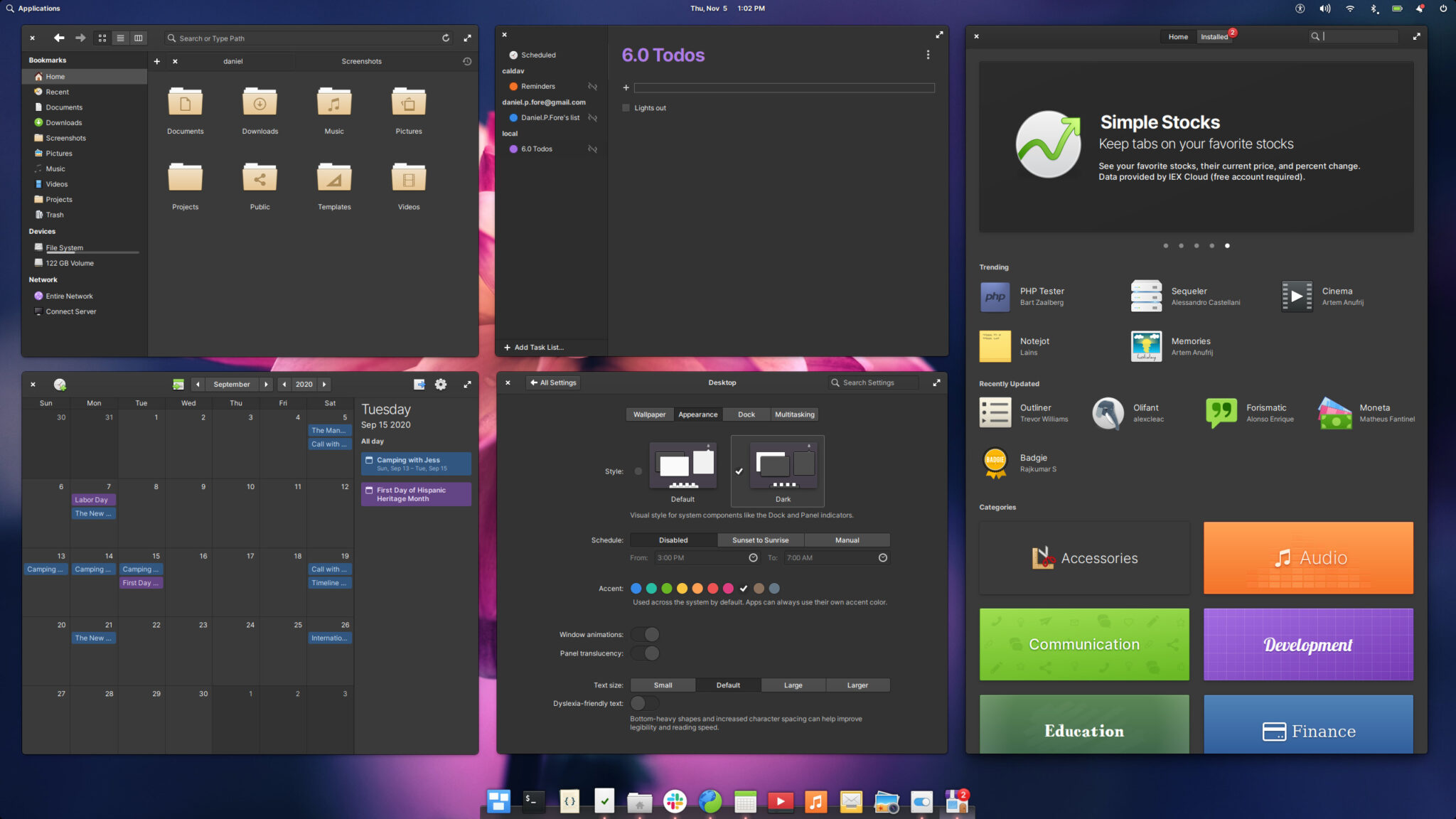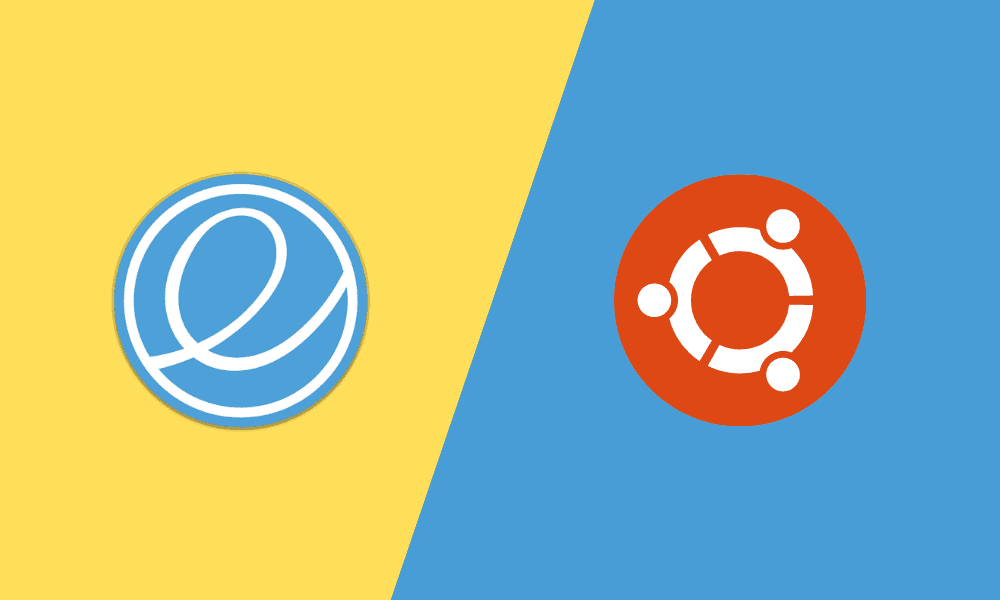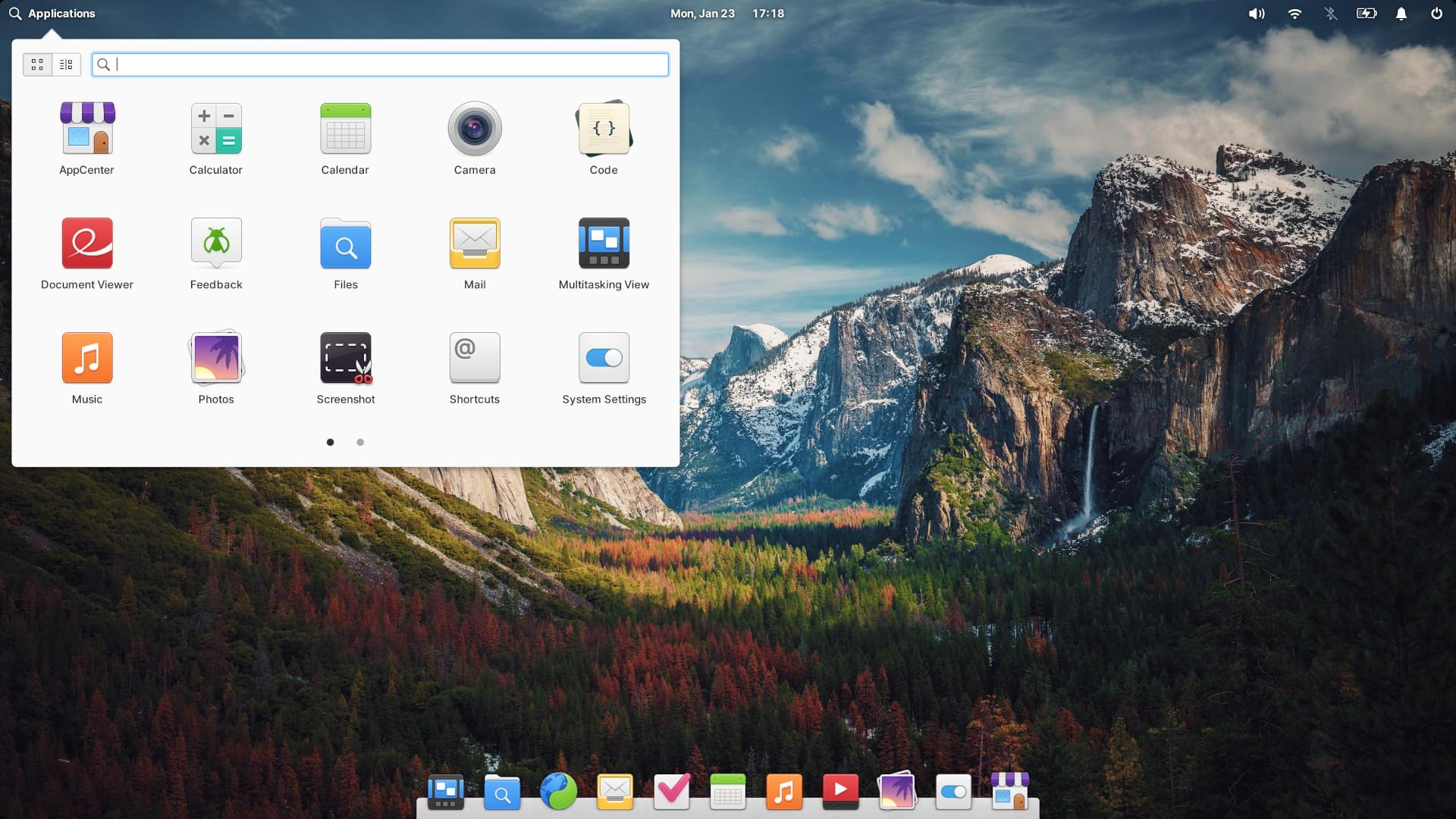Elementary OS vs. Ubuntu Budgie: Aesthetic and Efficiency Compared

Introduction:

Elementary OS and Ubuntu Budgie are both Linux distributions that prioritize aesthetics and user experience. While they share some similarities, there are key differences that cater to specific preferences and workflows. This analysis aims to compare their respective aesthetics, efficiency, and overall usability.

Aesthetics:
- Elementary OS: Known for its polished and minimalist design, Elementary OS uses Pantheon, a custom desktop environment. The interface is clutter-free, with a focus on simplicity and elegance. Window controls are discreetly integrated into the title bar, while the dock and panel are vertically aligned.
- Ubuntu Budgie: Budgie, the desktop environment employed by Ubuntu Budgie, offers a more traditional layout. With a separate application menu, taskbar, and system tray, it resembles the familiar Windows or macOS interfaces. It allows for greater customization, enabling users to adjust the appearance of the panel, widgets, and themes.
Efficiency:
- Elementary OS: Built on a lightweight base, Elementary OS is designed for optimal performance even on modest hardware. Its Pantheon environment is known for its responsiveness and low resource utilization, making it suitable for general-purpose computing tasks such as browsing, email, and document editing.
- Ubuntu Budgie: While not as lightweight as Elementary OS, Ubuntu Budgie still offers reasonable efficiency. Its Budgie desktop environment is fairly efficient, allowing users to run multiple applications without noticeable lag. However, its heavier base may require more powerful hardware for smooth operation.
Usability:
- Elementary OS: Simplicity is a key aspect of Elementary OS’s usability. With its intuitive interface and minimal distractions, even novice users can quickly adapt to the operating system. The included applications are seamlessly integrated with the Pantheon environment, providing a cohesive and streamlined experience.
- Ubuntu Budgie: Ubuntu Budgie strikes a balance between customization and ease of use. While offering a more traditional layout, it retains the intuitive nature of Ubuntu. The Raven application menu provides easy access to installed programs and frequently used settings. Budgie widgets allow for quick access to essential information and system controls.
Conclusion:
Elementary OS and Ubuntu Budgie are both excellent Linux distributions that excel in different areas. Elementary OS appeals to users who prioritize minimalist aesthetics and seamless efficiency, while Ubuntu Budgie offers a more customizable experience with a balance of features and performance. Ultimately, the best choice depends on individual preferences and the specific requirements of the user’s workflow.## Elementary OS vs. Ubuntu Budgie: Aesthetic and Efficiency Compared
Executive Summary
Elementary OS and Ubuntu Budgie are two popular Linux distributions that offer a distinct blend of style and functionality. While Elementary OS focuses on providing an elegant and user-friendly experience, Ubuntu Budgie emphasizes customization and efficiency. This article will delve into the key differences between these distributions, exploring their respective strengths, weaknesses, and suitability for different user preferences.
Introduction
In the realm of Linux distributions, aesthetics and efficiency often go hand in hand. While some users prioritize a seamless and polished user interface, others seek unparalleled customization and productivity. Elementary OS and Ubuntu Budgie represent two prominent approaches to this duality, catering to diverse user tastes. Let’s dive into their unique features and determine which distribution is the ideal choice for your computing needs.
Distinguishing Features
1. Interface Design
Elementary OS boasts a visually captivating interface inspired by macOS. Its minimalist design and intuitive navigation provide an elegant user experience. Ubuntu Budgie, on the other hand, employs the Budgie desktop environment, known for its flexibility and sleekness. Users can customize the layout, widgets, and themes to create a personalized workspace.
2. Customization Options
Ubuntu Budgie excels in customization, offering a wide range of settings to tailor the desktop environment. Users can adjust every aspect of the interface, including the panel, applets, and app behavior. Elementary OS, while focused on a consistent design, still provides limited customization options such as themes and wallpapers.
3. Performance and Stability
Both Elementary OS and Ubuntu Budgie are known for their reliability and brisk performance. Elementary OS uses its custom-built Pantheon desktop environment, which provides a lightweight and responsive experience. Ubuntu Budgie leverages the Xfce desktop environment, renowned for its stability and resource efficiency.
4. App Ecosystem
Elementary OS features a curated selection of applications that blend seamlessly with its interface. This approach ensures a cohesive user experience. Ubuntu Budgie comes with a more extensive repository of software, including both traditional and Snap packages, offering a broader choice of applications.
5. Community Support
Both distributions maintain active and supportive communities that provide assistance and resources. Elementary OS users can engage with the community through forums, bug trackers, and social media. Ubuntu Budgie users benefit from a strong community based on the Ubuntu and Budgie projects, offering extensive documentation and support.
Conclusion
The choice between Elementary OS and Ubuntu Budgie hinges on individual preferences and computing requirements. For users who prioritize aesthetics, ease of use, and a consistent experience, Elementary OS shines as a compelling choice. Those seeking extensive customization, a vast app ecosystem, and a flexible desktop environment will find Ubuntu Budgie a more suitable option. Ultimately, the ideal choice depends on whether you value a curated, elegant experience or a customizable, versatile workspace.
Keyword Phrase Tags
- Elementary OS
- Ubuntu Budgie
- Interface Design
- Customization
- Performance and Stability

I’m so glad I found this article. I’ve been trying to decide between Elementary OS and Ubuntu Budgie, and this article has helped me make up my mind. Thanks!
This article is terrible. The author is clearly biased towards Elementary OS and doesn’t give Ubuntu Budgie a fair shake. I’m really disappointed.
This article is a great overview of the differences between Elementary OS and Ubuntu Budgie. I especially appreciate the table comparing the two distros.
I disagree with the author’s conclusion that Elementary OS is the better choice. I think Ubuntu Budgie is a more versatile and customizable distro.
I love how the author says that Elementary OS is ‘simple and easy to use’ when it’s actually one of the most difficult distros to install.
Oh, wow, another article comparing Elementary OS and Ubuntu Budgie. How original.
I’m not sure what’s worse: the fact that the author thinks Elementary OS is better than Ubuntu Budgie, or the fact that they think Ubuntu Budgie is a good distro at all.
I’m interested in trying out Elementary OS. I’ve heard good things about it, but I’m not sure if it’s the right distro for me.
I’m skeptical about Elementary OS. I’ve heard it’s not very stable and that it can be difficult to find support for.
I’ve been using Elementary OS for a few months now and I’m really happy with it. It’s simple and easy to use, and it’s very stable.
I love Elementary OS! It’s the best distro I’ve ever used. It’s beautiful, it’s fast, and it’s easy to use.
I’m curious about Ubuntu Budgie. I’ve heard it’s a good alternative to Elementary OS, but I’m not sure if it’s right for me.